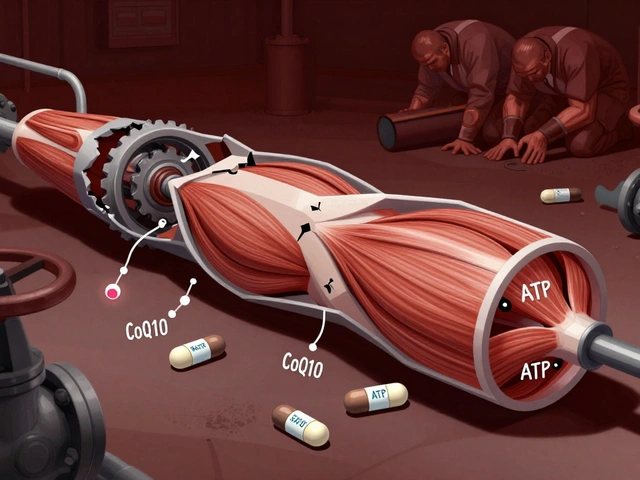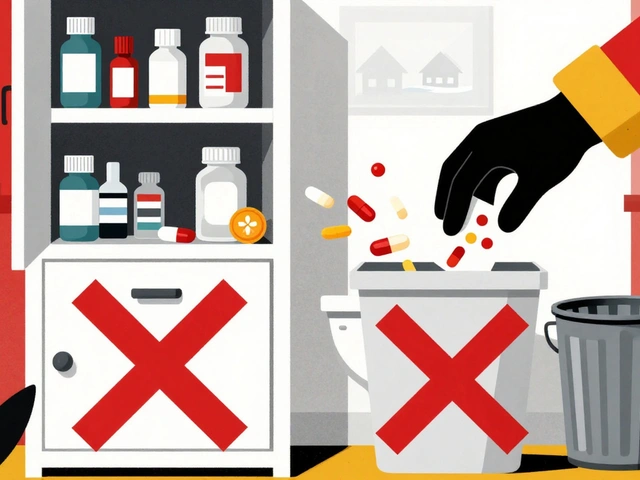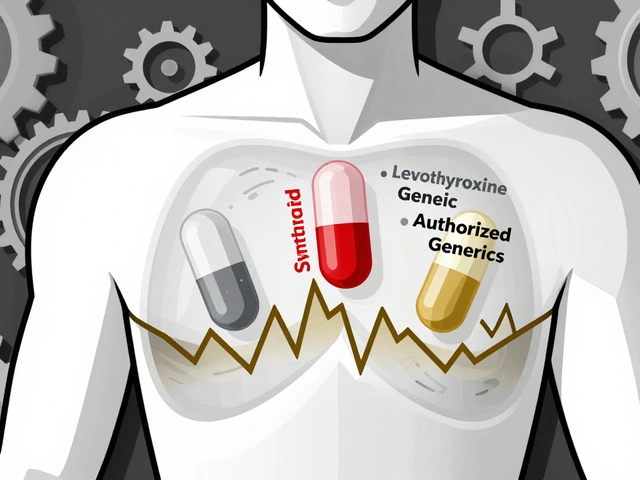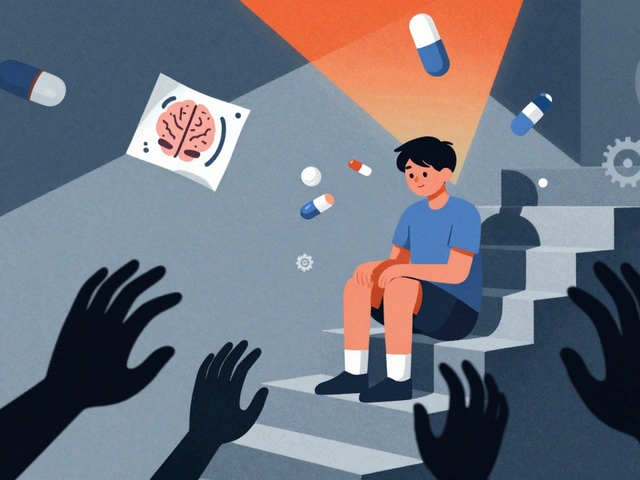Alcohol Dependence Prevention
When talking about Alcohol dependence prevention, the effort to stop harmful drinking before it becomes an addiction. Also known as alcohol addiction prevention, it blends health education, early screening, and lifestyle changes to keep drinking in a safe range.
One of the biggest related topics is Alcohol use disorder, a condition marked by loss of control over drinking. Understanding this disorder helps shape prevention plans that catch risky patterns early. Another core element is Medication‑assisted treatment, which uses drugs like naltrexone or acamprosate to reduce cravings and support recovery. Behavioral therapy—including CBT and motivational interviewing—teaches coping skills that replace drinking with healthier habits. Finally, Support groups such as AA or online communities provide peer encouragement and accountability.
Key Approaches to Prevent Alcohol Dependence
First, early screening is a must. Simple questionnaires in primary care can flag risky drinking before it becomes a disorder. Doctors often ask about weekly drinks, binge episodes, and family history. When the answers raise a red flag, a brief intervention—talking about health risks and offering resources—can steer a person back to safe limits.
Second, lifestyle changes matter. Regular exercise, balanced meals, and good sleep reduce stress, which is a common trigger for heavy drinking. Replacing evening drinks with a hobby, a walk, or a non‑alcoholic beverage can break the habit loop. Many people find setting clear limits—like “no more than two drinks on weekends”—helpful for staying in control.
Third, medication‑assisted treatment offers a safety net for those who struggle with cravings. Naltrexone blocks the brain’s reward response to alcohol, while acamprosate eases withdrawal symptoms. These meds work best when paired with counseling, because the mental side of drinking often needs a coach.
Fourth, behavioral therapy builds mental tools to resist urges. Cognitive‑behavioral therapy (CBT) helps identify thought patterns that lead to drinking, then replaces them with healthier responses. Motivational interviewing taps into personal reasons for change, boosting commitment without judgment.
Fifth, community support keeps momentum going. Attending weekly AA meetings, joining an online forum, or simply sharing goals with friends creates a network that catches slips before they turn into relapse. Peer stories often inspire new ideas for staying sober.
Sixth, education in schools and workplaces spreads awareness early. When teens learn about the short‑term risks—like impaired judgment and accidents—and the long‑term health toll—such as liver disease—they’re more likely to make informed choices.
Seventh, family involvement can tip the scales. A supportive home environment, open conversations about alcohol, and clear expectations reduce the pressure to drink in social settings.
Finally, policies at the community level—like limiting outlet density, enforcing age checks, and raising taxes on alcohol—have shown to lower overall consumption. When the environment supports low‑risk drinking, individuals find it easier to stay within safe limits.
All these pieces—screening, lifestyle shifts, medication, therapy, support, education, family, and policy—fit together like a puzzle. Each one reinforces the others, making the whole prevention effort stronger. Below you’ll find a curated list of articles that dive deeper into these topics, from choosing the right medication to applying CBT techniques, and from setting personal drinking limits to navigating support groups. Use them as a toolbox to build a plan that works for you or someone you care about.

How Education Helps Prevent Alcohol Dependence Syndrome
Explore how targeted education-both in schools and communities-can stop the rise of Alcohol Dependence Syndrome, with data, practical steps, and a clear comparison of strategies.
read more




